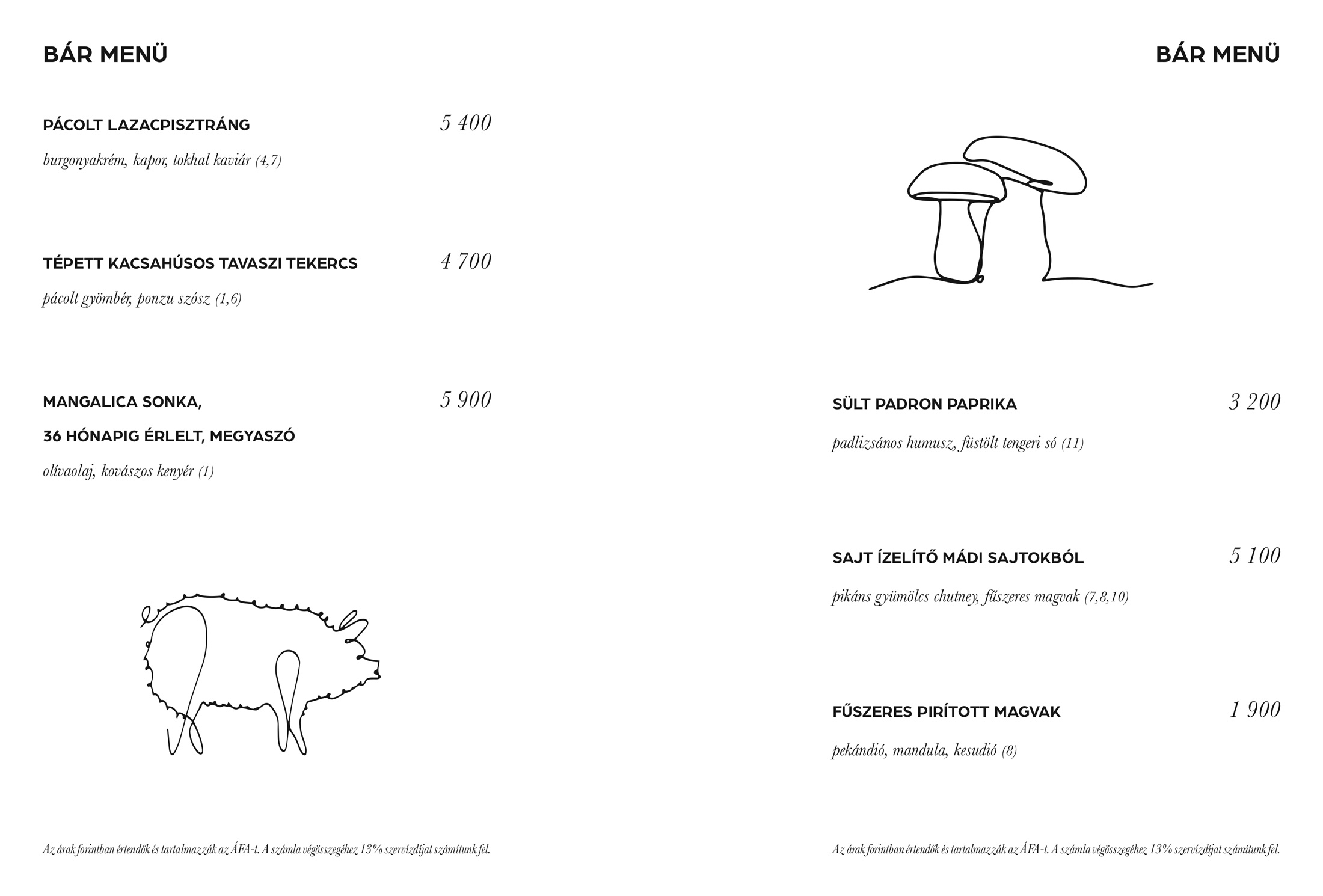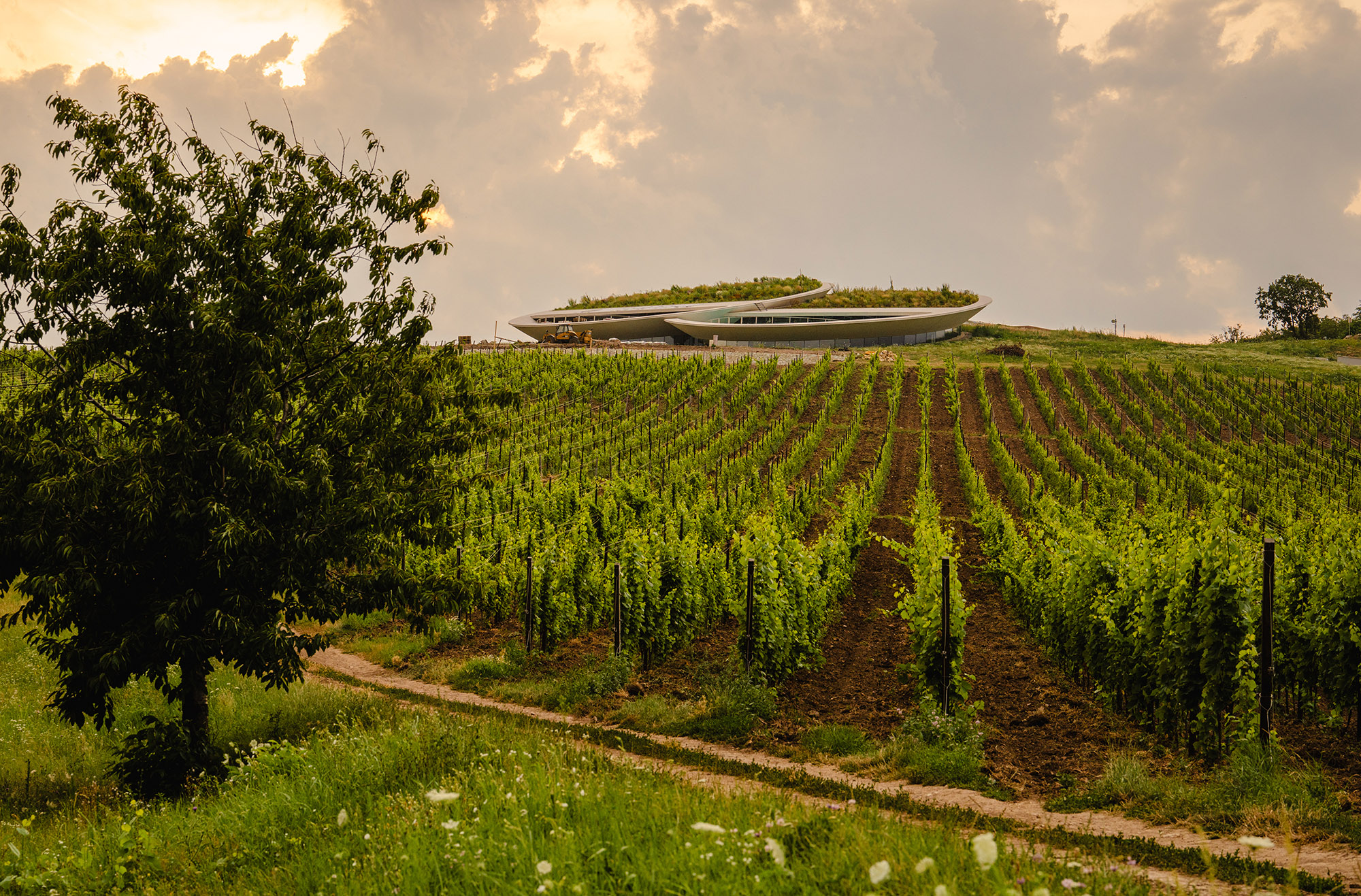Kadarka: fierce, original, versatile and Hungarian
Press - 2021-01-25 14:07:33
“…The variety is assumed to originate from either what is today’s Montenegro and Albania or from Turkey, it is regarded to be uniquely Hungarian. As such, it will come as no surprise that Kadarka stirs emotions high among winemakers.
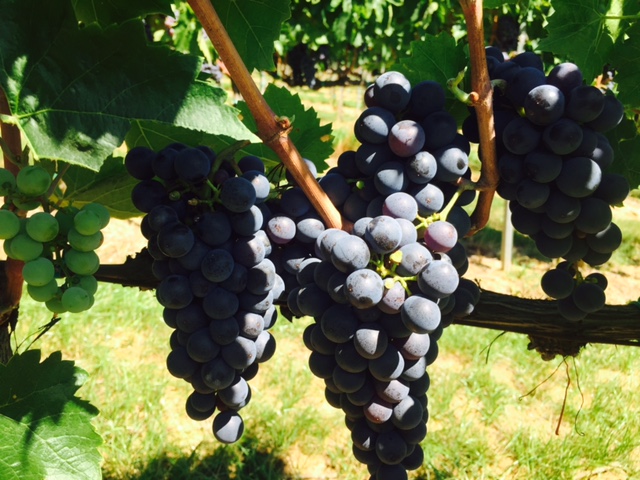
Especially when it is about the style and expression of the terroir of their own estate. However, I argue they need to step out of their own shadow and see the issue of individual identity within the context of regional and varietal perspective if they want to be successful in the future.
The national acerage of Kadarka has dramatically decreased over the past almost 60 years from over 55,000 hectares to only 660 today, which accounts for approx. 2% of all vineyards in Hungary. The loss of huge quantities, often grown in Soviet type coops, should not be regretted. It has often, though not always, paved the way for improving quality as a result of smaller estates and their attention to the detail in vineyard husbandry.
Despite the miniscule portion of Kadarka, there are four major growing regions in Hungary: Eger and Szekszárd in the hilly ranges of the North and South-west; Hajós-Baja and Kunság on the Great Plain. There were Kadarka producers from what is today’s Southern Slovakia, South-West Romania and Northern Serbia too. Such a dispersion of Kadarka vineyards is surely a factor behind the diversity of expressions that is obvious when you taste from over three dozen producers, as we did at the Roundtable.
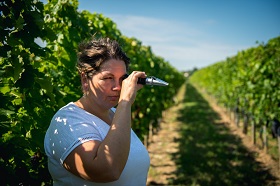
In addition to regional variance, there is the grape itself. It boasts of a large number of clones, which often result in fundamentally different flavour profiles. In fact, there had been such a huge array of expression, from the very light and fruity, via the light and spicy right through to the deep, tannic and weighty; that the University of Pécs started to conduct a more than thorough research into clonal variation of Kadarka in association with other national research bodies and, of course, producers from Szekszárd and Villány.
János Werner, a PhD student at the university, provided participants of the Roundtable with an excellent snapshot of the findings. It has now been established that some clones, such as Olasz Kadarka and Mészi Kadarka, are in fact not clones, but different varieties.
As György Pernesz from the National Bureau of Food-chain Safety explained, in cases where sufficient amelographic evidence, including DNA tests, has been established to show the varietal difference; a new name has to be given for the variety. The aim is to ensure that consumers are given unambiguous information about what they purchase.
So what happens to those Kadarka clones that are in fact different vareities? Current EU regulations will allow for the new variety to be called Olaszkadar rather than Olasz Kadarka, because the two words are merged into one and there is at least a two-letter difference in the spelling. Whether this is going to be as effective for the consumer to understand the difference remains to be seen.
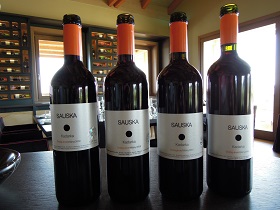
It will also be fascinating to see over the coming years and, maybe, decades how vintners turn the newly found knowledge about this ancient variety to their benefit. Potentially the research findings can cause frictions or even fractions. Some winemakers use large quantities of, or sometimes solely rely on varieties that are not regarded as Kadarka anymore. What will they do? How will they reinvent their identity and, most importantly, how effectively will they be able to promote their newly found varieties on the market?
Others who now know that they have Kadarka clones in their vineyards are not that much better off either. They need to make decisions now, which will seeve through to the consumers and show results probably in 5 to 10 years the earliest.
Yet, there seems to be a narrowly focussed debate on varietal identity, which has been hijacked by the clones. I am fortunate enough to have been able to taste the seven (P9, P122, P123, P124, P147, P167, P173) different clones microvinifed by Ildikó Markó of Sauska winery in Villány. “
(By Peter Csizmadia-Honigh, Borvilag.com 2013)
